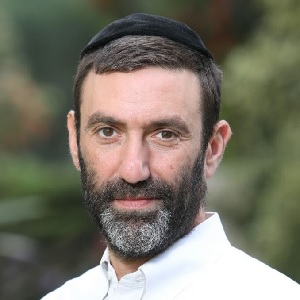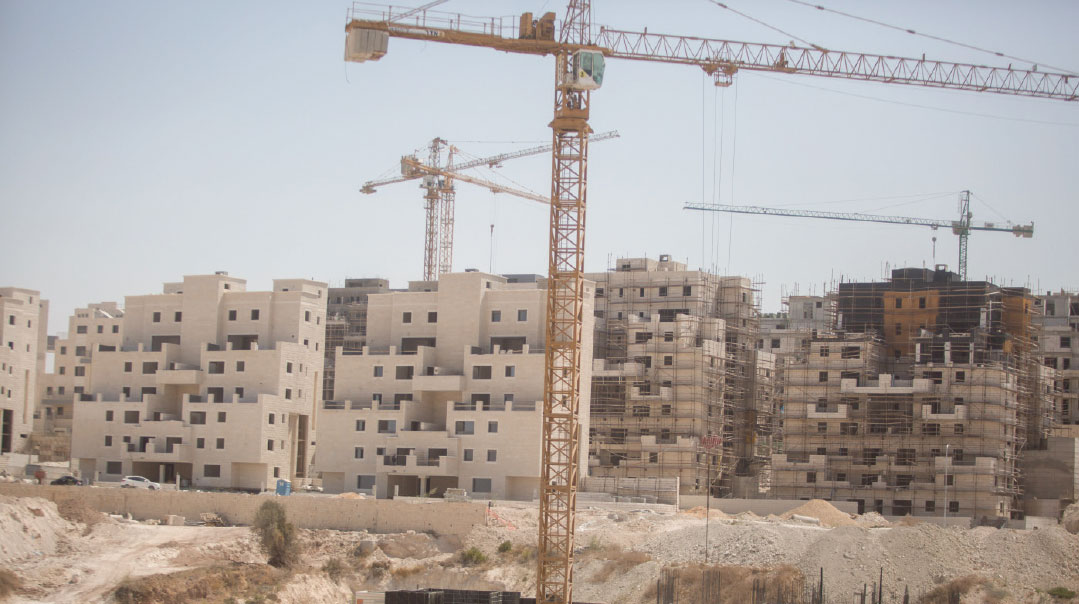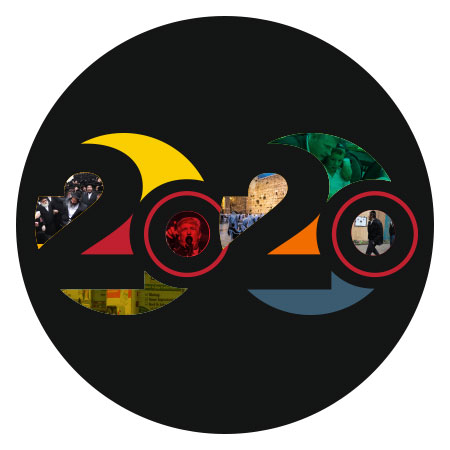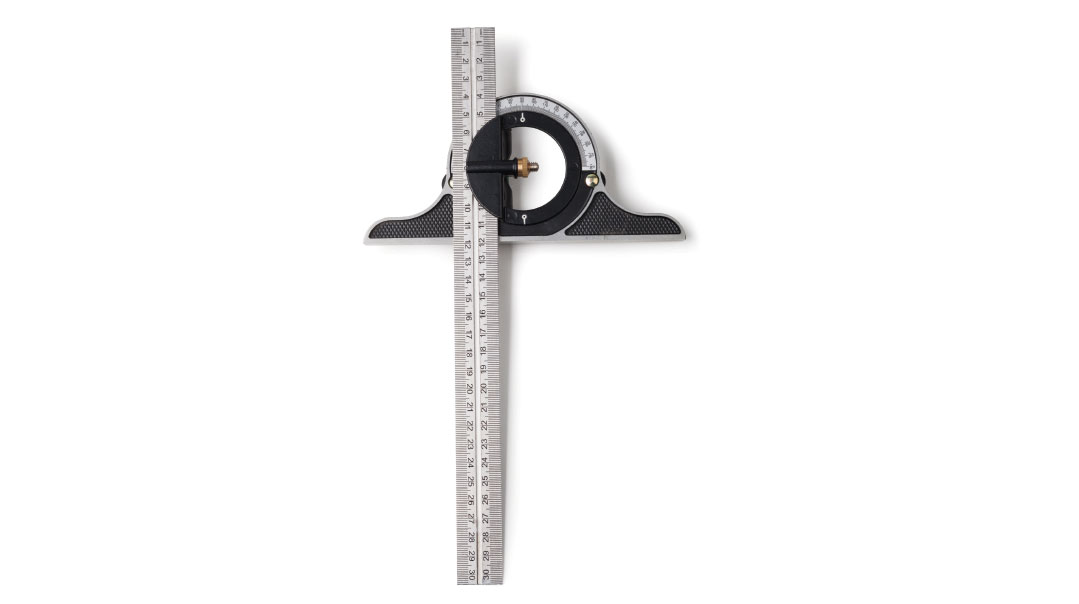This isn’t the RBS of 2010

Bet Shemesh is not only a place to live, it’s a place to learn and grow

W

It was in those hills that I first starting riding my mountain bike, an emergency replacement for a gym, of which Ramat Beit Shemesh had none. There I discovered ruins from the Second Temple period, the overwhelming beauty of the spring flower bloom, and the personal release and solitude that feels so necessary in our overcrowded 21st century lives.
How things have changed. Today, the valley is a soon-to-be-completed shopping and apartment complex and the distant hills are what is known as Ramat Beit Shemesh Gimmel. It often seems as though construction projects take forever in Israel, but in Ramat Bet Shemesh the growth truly feels sudden. Today, there is not only the fully populated neighborhood of Gimmel, there is also Mishkafayim and Ramat Avraham (near completion), Mem Shalosh (M3, fully constructed), and the beginnings of Ramat Beit Shemesh Daled and Heh. As Israel’s fasting growing city, the population of Beit Shemesh has increased 62 percent from 2008 to 2018, according to the Central Bureau of Statistics, and now stands at almost 120,000. Bet Shemesh is also the Israeli city with the highest number of children per household, 3.67.
The biggest question now is: How much more building is feasible? And are there enough roads and supermarkets to serve everyone? (And will government planners please, please leave green space for biking and hiking?!)
Former mayor Moshe Abutbul, who now serves in Knesset on the Shas list, has recently established a committee that will advocate the building of a hospital in Bet Shemesh, likely the number one priority on the list of most residents. The current mayor, Aliza Bloch, is meanwhile working hard to beautify the city and keep it unified and harmonious despite its sometimes-warring factions.
A note on Bet Shemesh’s reputation: like lightning, bad behavior strikes only rarely. Bet Shemesh is not a war zone, it is a beautiful city full of good people. That Anglos like to congregate there should also not be a source of concern. Like Russians and Moroccans before them, English-speakers feel most comfortable living among their own. And yes, our kids speak Hebrew.
Most days, as I walk along our tree-lined street, I feel incredibly fortunate to live not only in Eretz Yisrael, but also in a community with its priorities in place. Before we moved, a friend in Chicago told us Bet Shemesh was a good place to land because it was a “makom Torah.” She was right. The variety and quantity of stellar rabbanim in Bet Shemesh is notable. For an adult Anglo population that sometimes finds it difficult to integrate into the larger Hebrew-speaking world, the warmth of a devar Torah in English can’t be underestimated, nor can the convenience of an English-language shiur. Bet Shemesh is not only a place to live, it’s a place to learn and grow.
And, thank G-d, now there will be room for everyone.
Oops! We could not locate your form.













